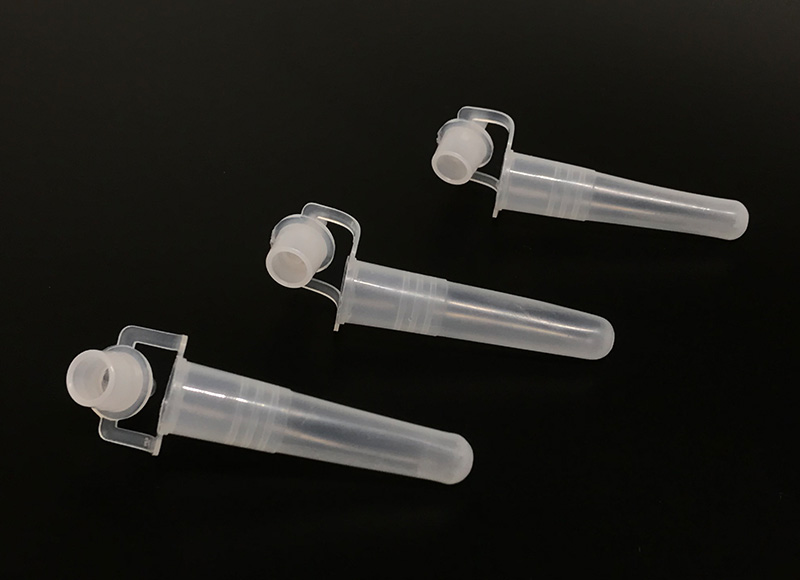

Types of centrifuge tubes: 1. According to size: A larg […]
Types of centrifuge tubes:
1. According to size:
A large number of centrifuge tubes (500mL, 250mL)
Ordinary centrifuge tube (50mL, 15mL)
Microcentrifuge tube (2mL, 1.5mL, 0.65mL, 0.2mL)
2. According to the bottom shape:
Conical centrifuge tube, the bottom is tapered, it is the most used centrifuge tube type
Flat bottom centrifuge tube
Round bottom centrifuge tube
3. According to the way the lid is closed:
Gland centrifuge tube, a centrifuge tube sealed by pressing, usually in a micro centrifuge tube
Screw cap centrifuge tubes can be divided into flat caps (the top of the cap is flat) and plug caps (the top of the cap has a plug shape)

The role of the cap:
1. When used for radioactive or highly corrosive samples, prevent the samples from leaking.
2. Prevent the sample from volatilizing.
3. Support the centrifuge tube to prevent the centrifuge tube from deforming.
Precautions for the purchase of centrifuge tubes:
When choosing plastic centrifuge tubes, consider polypropylene and PP plastic centrifuge tubes as much as possible. Pay attention to check whether the tube cover is tight, and whether it can be closed tightly during the test, so as to ensure that it is inverted and does not leak.
Product features of centrifuge tubes:
1. It is made of polypropylene (PP), a transparent polymer material.
2. The thick-walled centrifuge tube can withstand the centrifugal force of 10,000 xg (15/50ml), 7500 xg (225ml)
3. It can be sterilized by high temperature and high pressure.
4. DNase and RNase, no heat source.
5. Bag and shelf packaging are optional.